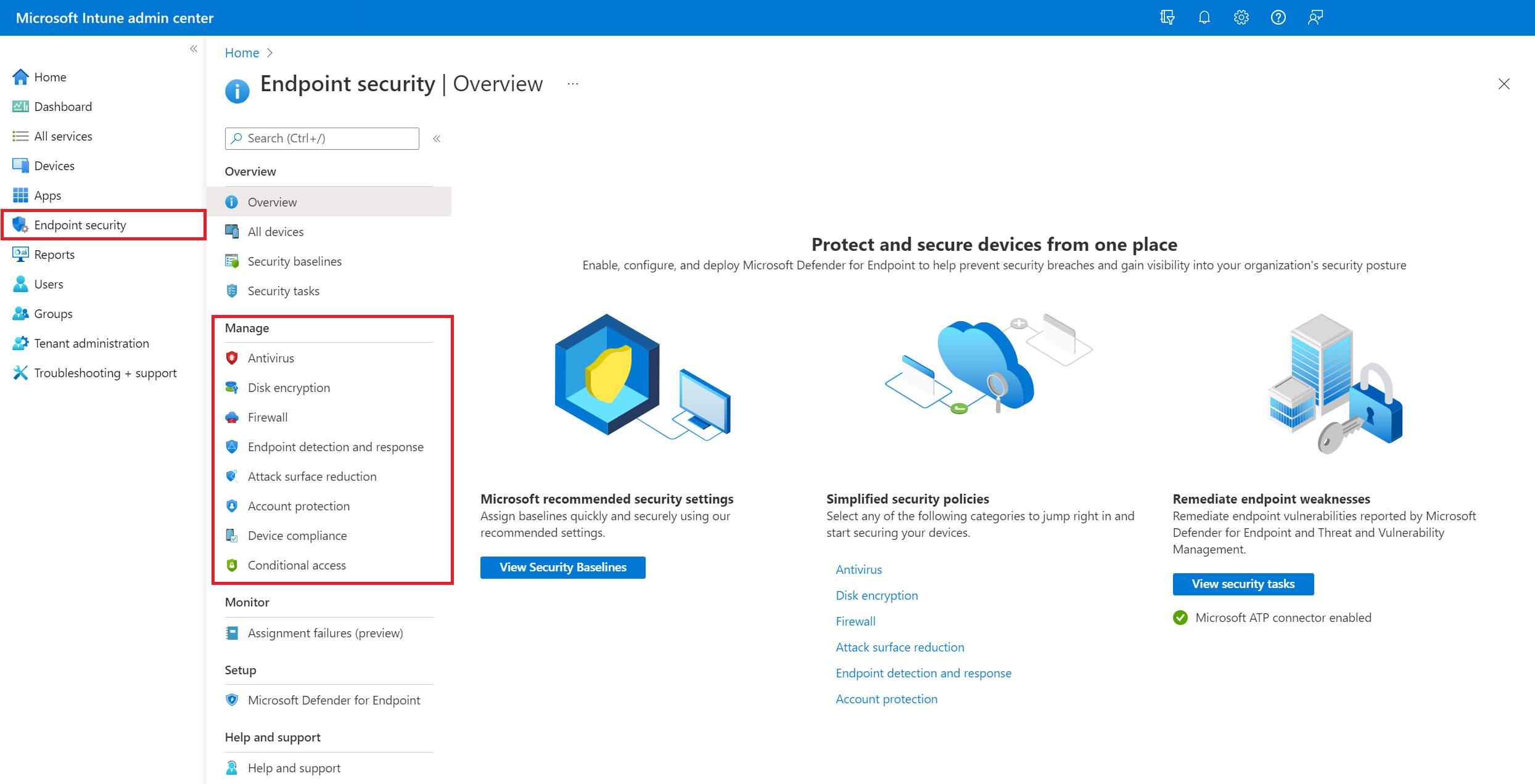Microsoft Endpoint Manager
Microsoft Endpoint Manager is the most secure and most flexible approach to manage Windows 10 and other mobile devices in your modern workplace.
-->Starting in version 1910, Configuration Manager current branch is now part of Microsoft Endpoint Manager. Version 1906 and earlier are still branded System Center Configuration Manager. The Microsoft Endpoint Manager brand will appear in the product and documentation over the coming months.
- Microsoft Endpoint Configuration Manager documentation. Manage device workloads in Configuration Manager and Intune. Use Desktop Analytics for update readiness. Manage your infrastructure. Operating system deployment. Software updates. Manage configuration and compliance of devices. Protect your infrastructure and data.
- To continue to Microsoft Azure. Email, phone, or Skype.
There's no change to the other components of the System Center suite.
Prior product versions, such as System Center 2012 Configuration Manager, aren't rebranded.
For more information, see the following articles:
Find resources to help you secure, deploy, and manage all your users, apps, and devices — wherever you are in your journey to cloud management.
Microsoft Endpoint Manager at Microsoft Ignite 2020
Explore sessions, deep dives, and post-conference activities to help you get up to speed on Microsoft Intune, Configuration Manager, Windows Autopilot, and more.
Learn moreJoin the conversation
Get tips and tricks, catch up on the latest news, and engage in conversations around Microsoft Intune, Configuration Manager, and analytics.
Learn moreAsk the experts
Attend one of our upcoming Ask Microsoft Anything (AMA) events to ask questions and provide feedback to our engineering teams.
Learn moreFlexible paths to cloud management with Microsoft Endpoint Manager
Learn how to go from your current on-premises endpoint manager solution to a cloud-connected solution using Microsoft Endpoint Manager. From tenant attach to co-management, you'll learn how to add the power of the cloud to Windows and other devices.
Watch videoContinued learning
Managing Windows devices with Microsoft Endpoint Manager
Microsoft Endpoint Manager supports cloud-based, on-premises, or hybrid device management. Explore cloud management tips, co-management, Windows Autopilot, Windows Update for Business, Conditional Access, managing remote devices, analytics, and more.
Watch videoContinued learning
Managing Apple devices with Microsoft Endpoint Manager
Many end users are accessing email and other confidential data using personal devices. Learn how to use Microsoft Endpoint Manager to deploy, secure, and manage devices running iOS, iPadOS, and macOS.
Watch videoContinued learning
Managing Android devices with Microsoft Endpoint Manager
Many end users are accessing email and other confidential data using personal devices. Learn how to use Microsoft Endpoint Manager to deploy, secure, and manage Android devices — and explore the latest features and functionality.
Watch video
Continued learning

Configuring zero trust with Microsoft Endpoint Manager
Is your security model blocking remote access, collaboration, and productivity? Get technical details on how organizations are building a true defense-in-depth model to better protect their assets and intellectual property on PC and mobile devices.
 Watch video
Watch video
Continued learning
Real world scenarios & best practices from our Partners and MVPs
Microsoft Endpoint Manager And Sccm
View all Partner and MVP videosReal World ScenariosManage Intune like a superHero with PowerShell
This heavily demo-based session will go from zero to hero in Intune Powershell management in 30 minutes. Whatever we see and do in Microsoft Endpoint Manager console, we can do with PowerShell, and easily do much more with PowerShell when we under...
Microsoft Endpoint Manager Configuration Manager
Watch videoDocs Microsoft Endpoint Manager
Connect with Microsoft Experts
Join Microsoft engineering teams and your peers in meaningful conversations about the tools you use everyday. Share insights, discover new perspectives, and problem-solve in a collaborative environment to shape the future of Microsoft products.
Microsoft Endpoint Manager Login
Connect now